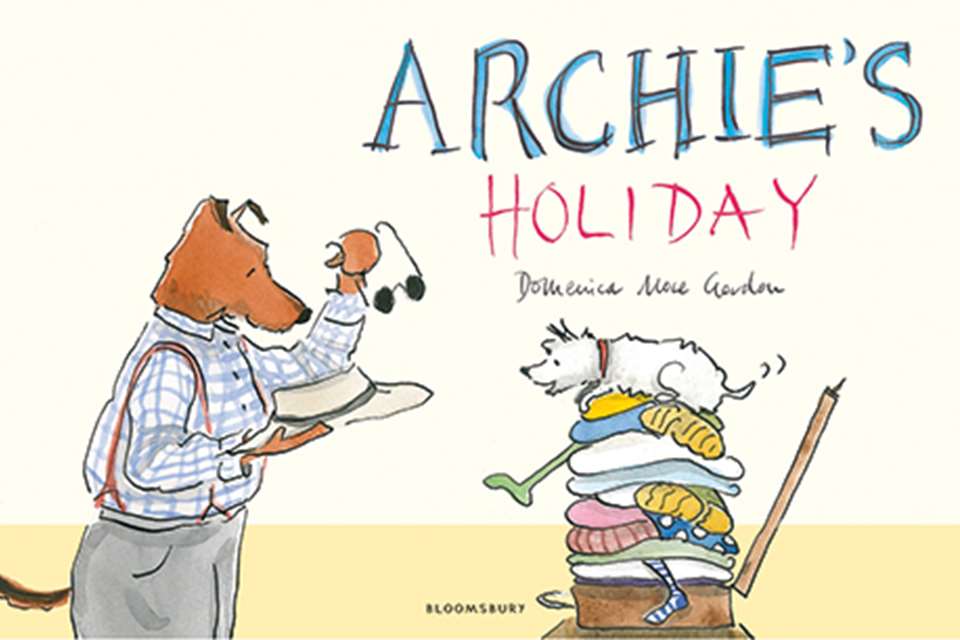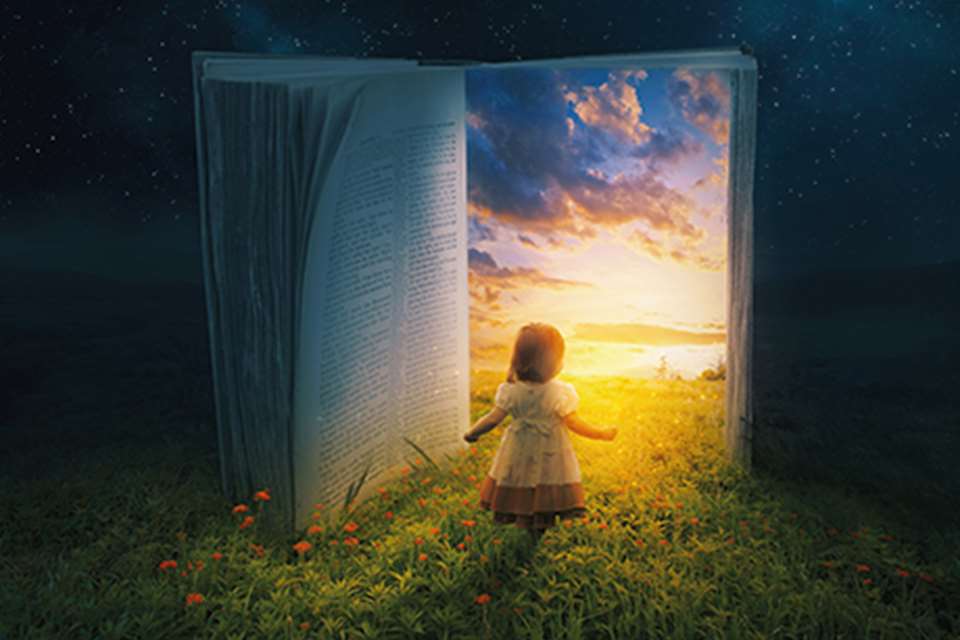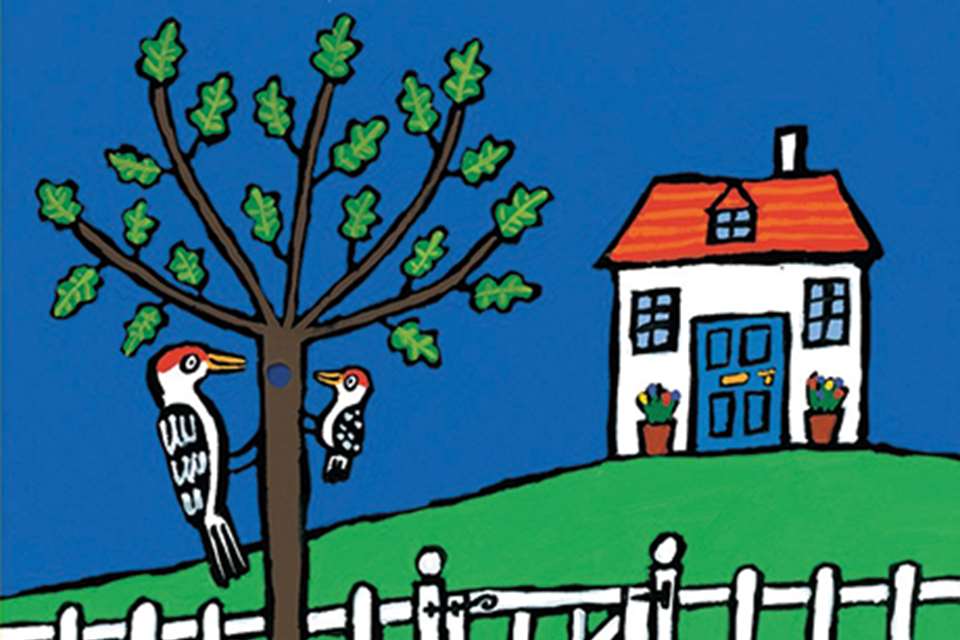EYFS Activities: Sharing books… Puffin Peter
Penny Tassoni
Monday, July 23, 2018
by Petr Horacek (Walker Books, 2011)

Download the PDF of this article
This delightful and touching story tells the story of two puffins, Peter and Paul. They are best friends but become separated in a storm. Peter enlists the help of a whale, but his description of his friend is too vague, with Peter omitting to say that his friend is a puffin. This results in the whale taking him to see parrots, toucans and penguins. Through a process of elimination, they find Paul and the best friends are reunited once more.
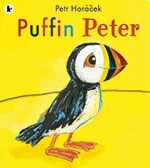 A GOOD CHOICE
A GOOD CHOICE
This colourful book with its themes of friendship, loss and kindness is likely to appeal to children aged three to six. Children will enjoy the saga of the whale and Peter on their mission to find Paul.
SHARING THIS BOOK
This is a book that benefits from being shared at least twice. The first time it is worth reading it straight through so that children can get a feel of the journey that Peter and the whale take. On the second reading, you might like the child or children to set the pace and to look at the illustrations in more detail. As children are likely to want to talk or comment about the storyline, it is worth noting that the youngest children may benefit from sharing it as individuals or in pairs.
SUPPORTING LEARNING
Personal, social and emotional development
This book lends itself to activities about PSED. From around three years, many children are starting to develop friendships and by five years, children are likely to have clear friendship preferences. This means that friendship is a good area to explore with children. Who are their friends? What makes a good friend? Peter says his friend Paul is funny and noisy. Are there other attributes of friendship that are important? You could create a display with children about friendship and what good friends do.
It is also worth exploring how it feels when friends are absent. This is often an issue for children especially of school age. It is helpful for children to learn words such as ‘sad’, ‘lonely’ or ‘disappointed’.
In the book, the whale comes to Peter’s rescue. How might they be able to help each other when their friends are not there?
Language
One of the difficulties for the whale is that Peter’s description of his friend is too vague. Plan a series of activities based on describing others. Children could suggest how they would describe Paul. They could also see if they can describe their friend. You could also play a variation of Guess Who? You could describe a child in the group and see if the child or other children can guess who you are talking about.
The characters in this book link to the well-known rhyme ‘Two Little Dicky Birds sitting on the wall’. You could teach children this rhyme. The children can also make props to illustrate the rhyme or even the story.
Literacy
This book can be used as a springboard for some literacy activities. Puffin Peter is an alliteration where the letter ‘p’ is repeated. You could look at helping children to make up alliterations of their names or seeing if they can recognise when you alliterate their name, e.g. ‘Singing Sara’ or ‘Terrific Tim’.
You could also draw children’s attention to the letter ‘p’. Put five objects out, three of which begin with a ‘p’ sound; see if the children can sort them out.
This book could also be used as a springboard for some mark-making or early writing. Children could look at ‘Lost’ signs and see if they could help to produce one. Children might also like to write to thank the whale for being kind. Interestingly, the gender of the whale is not given; what do children think?
Mathematics
There are plenty of opportunities for counting in this book. You could look at each type of bird that features in the book and count them. You could also focus on the sizes of the birds. If you printed out an image of each type of bird making sure that the scale is accurate, you could see if children could put them in order of size. This can lead to further activities where objects or images are sorted according to size.
Understanding the world
This book focuses on the identity of a bird and the help of the whale. Using the internet, you could look at film clips of both birds and whales. Children can look at the features of birds including feathers, beaks and whether or not they can fly. You could create a picture lotto game based on different birds so that children start to develop a knowledge of recognisable birds. Similarly, children can look at the characteristics of whales, including their size. It is worth using this opportunity to help children learn that whales are not fish!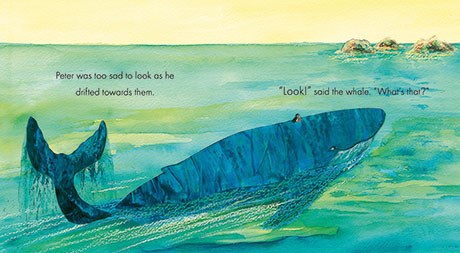
ABOUT THIS SERIES
Over the course of this monthly series on sharing books with children, Penny Tassoni will look at a range of fiction and non-fiction titles, from rhyming books for babies to picture books that adults and children can explore together.


